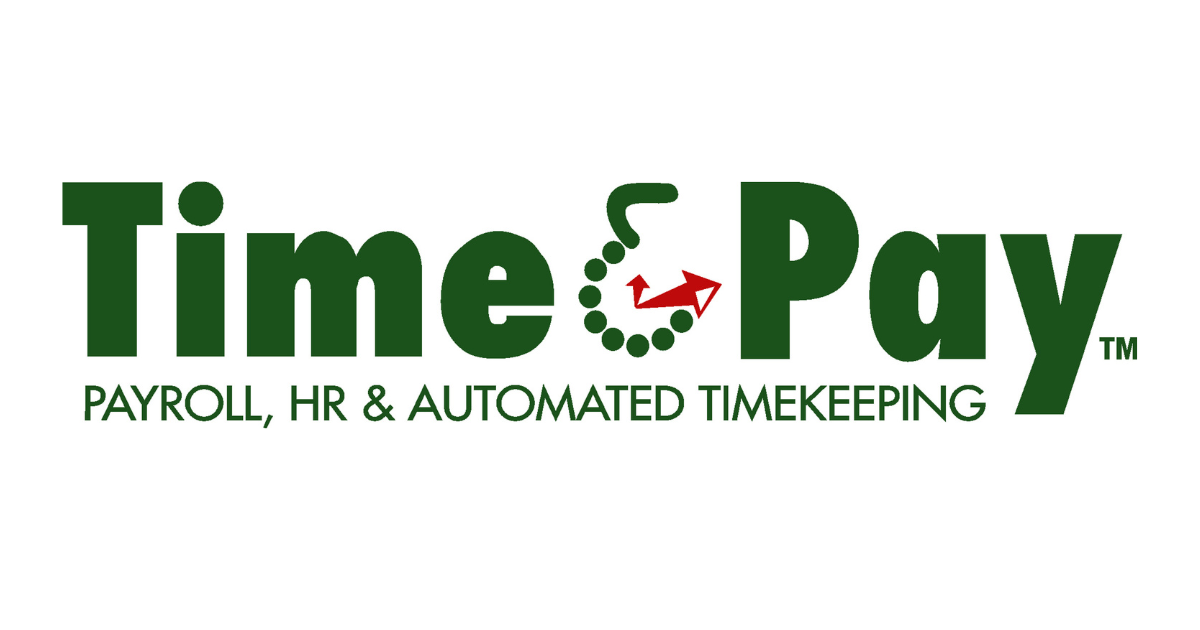What’s New?
As ERC fraud rises, the IRS is stepping up efforts to warn employers of parasitic companies, and encourage careful review ERC guidelines before claiming any tax credits. The Employee Retention Credit program was created to incentivize employers to keep their employees on payroll in 2020 and 2021, despite economic conditions and supply chain issues brought on by the Covid pandemic. Washington’s intentions were good, but unfortunately, it has led to fraudulent activity that could cost employers thousands in fines, penalties, and tax repayments.
What you should know:
Parasitic companies offering to help claim ERC on behalf of an employer may market false information, and take liberties to claim more than what their “client” actually qualifies for. These companies typically charge a percentage of the credits they help claim, and are therefore incentivized to claim as much money as possible.
Ultimately, it is up the employer to determine whether or not they qualify for employee retention credits. Any fines and penalties for wrongfully claiming ERC will be assessed to the employer, not the company that helped them claim the credit. Before claiming ERC, employers should do their own research to make sure they meet the qualification requirements outlined by the IRS. Employers should also know that owners’ wages, and wages of parties related to the owner cannot be included when calculating the tax credits, nor can credits be claimed on any wages that were paid using funds from forgiven PPP loans. These companies also frequently fail to mention that the employer will need to reduce the wage deductions they claimed on their business’ federal income tax return by the amount of the credit.
Summary:
Employee Retention Credits have helped employers, who may have struggled in recent years, keep their doors open and keep employees on payroll. Unfortunately, they have also created an opportunity for fraud. Be wary if anything sounds too good to be true, and do your own research to determine whether or not you should claim ERC. Ultimately, it is the employer’s responsibility to determine eligibility and ensure they follow all IRS guidelines.
Time & Pay is happy to answer questions and provide guidance to anyone interested. We can also help employers claim credits, and our fees are not based on the amount of money you qualify for, only the amount of time we spend on the project. Contact us today for more information!
Contact Us
We will get back to you as soon as possible.
Please try again later.




